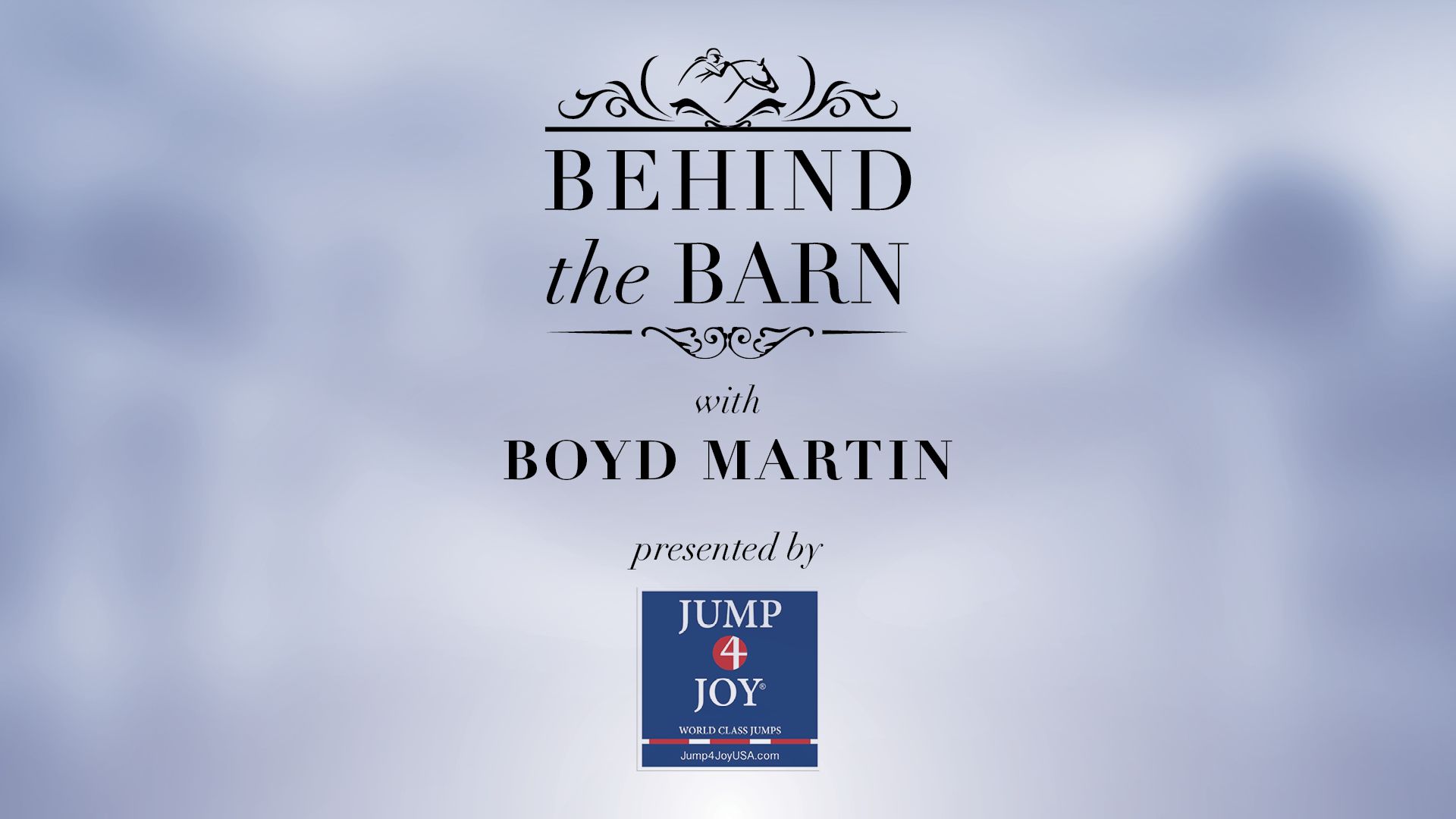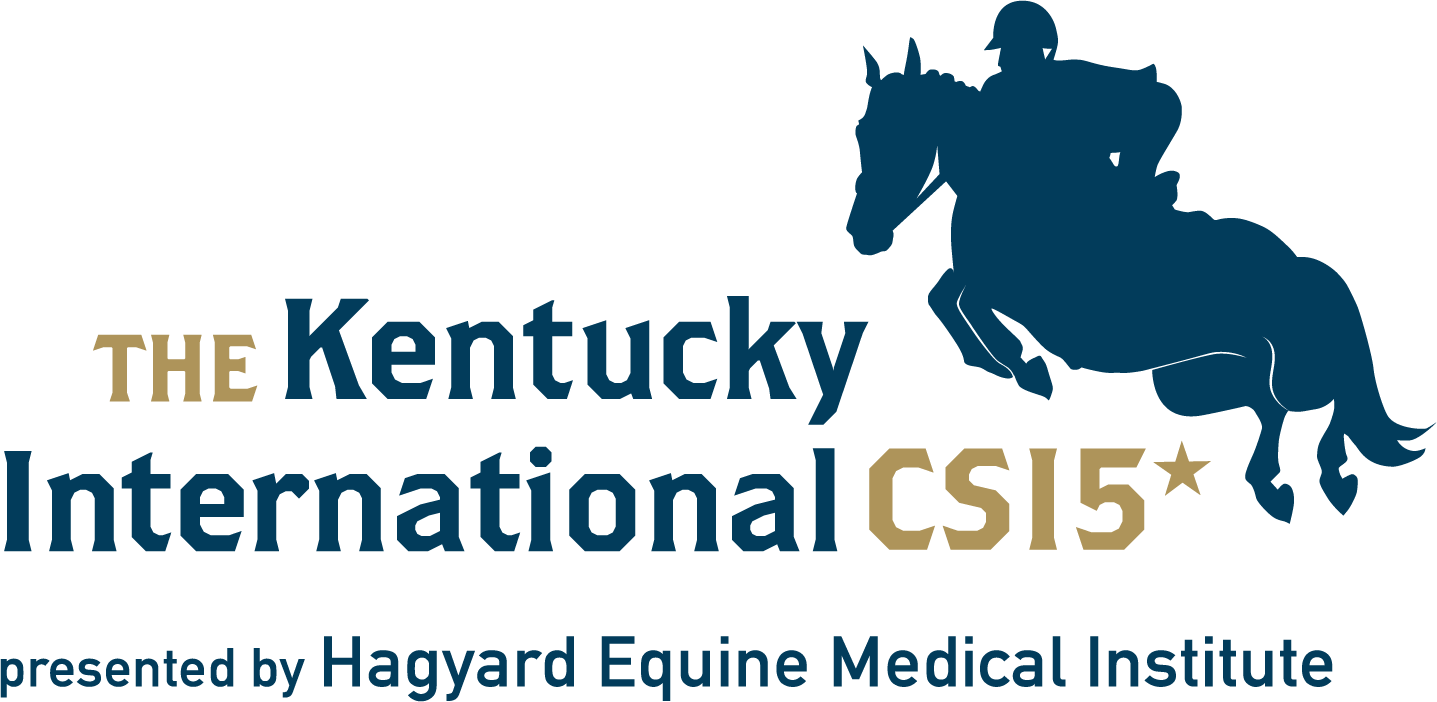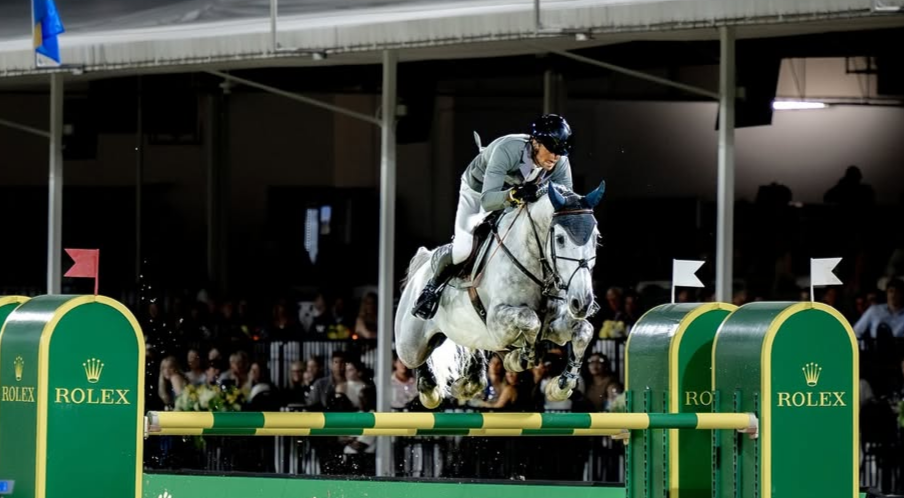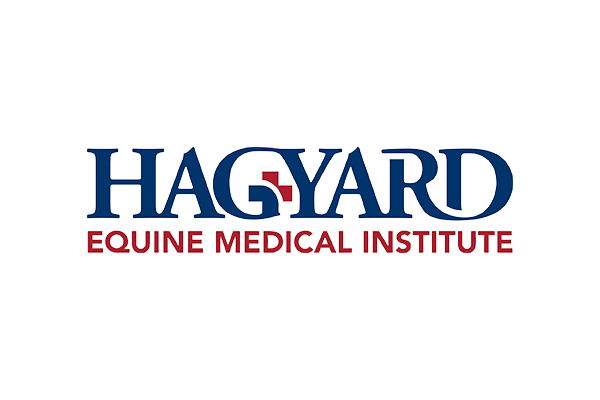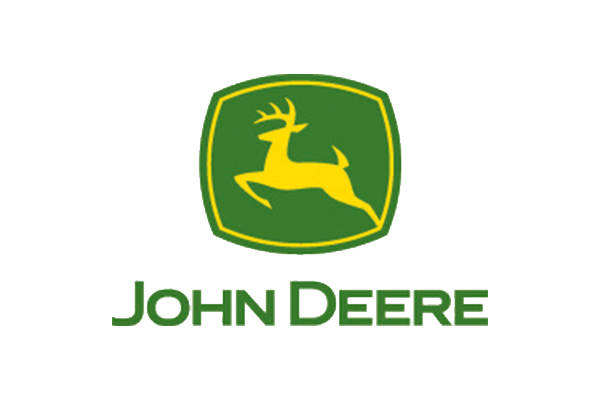Unwavering Trust: Forging Unbreakable Bonds Between Riders and Horses
In the heart-pounding world of equestrian sports, where precision, agility, and sheer determination reign supreme, there exists an unspoken partnership that transcends the boundaries of mere competition.
It's a bond forged on the dusty trails, in the thundering hooves, and amid the adrenaline-fueled moments of triumph and challenge.
So how do you build the relationship you need with your horse to succeed?
Read on to find out how bonds are built between riders and horses.
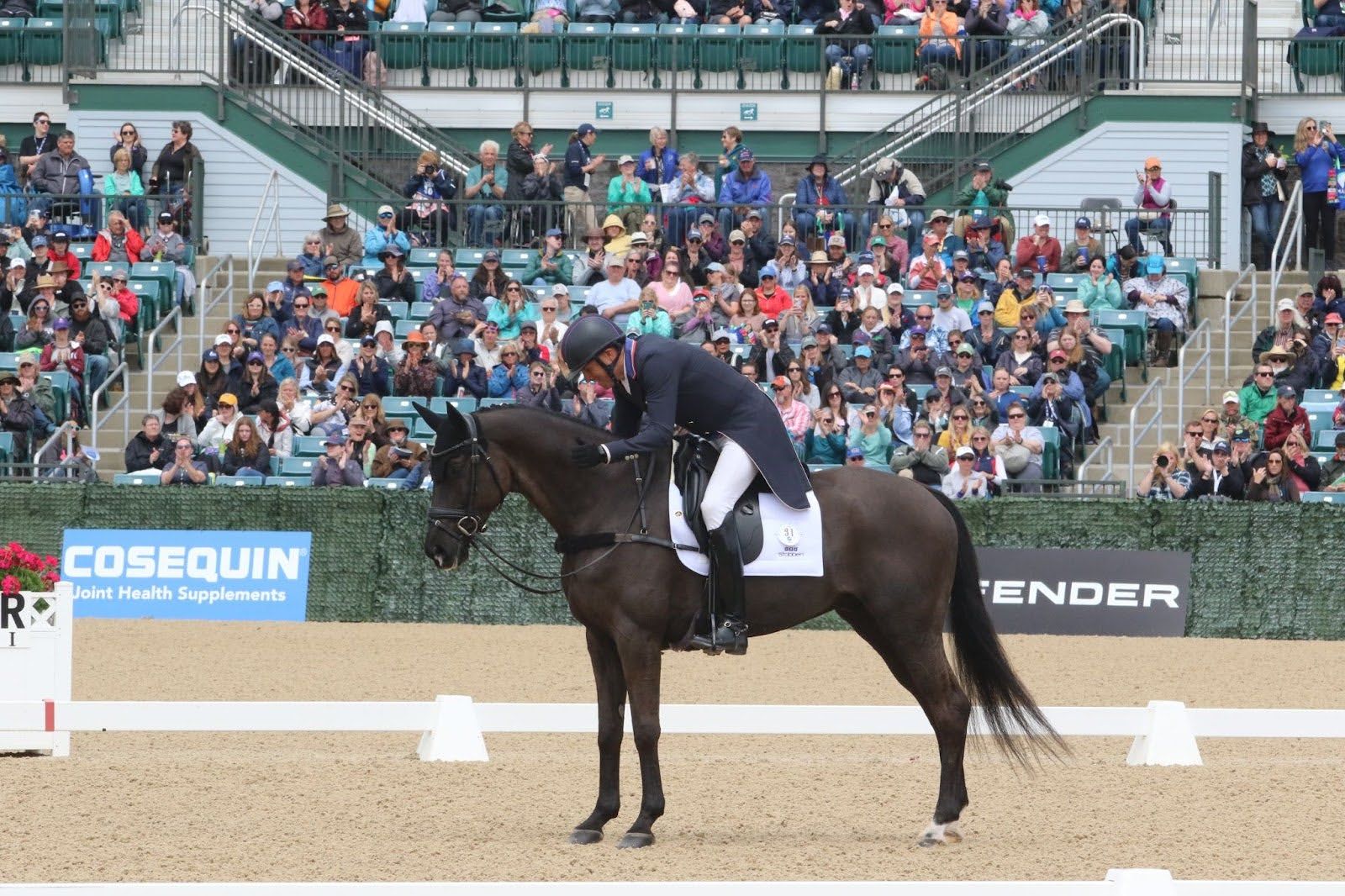
Build Mutual Trust
You should start by building trust with your horse. Consistent handling and patient training are fundamental. Horses thrive on routine and clear, predictable communication. Establish consistent cues and expectations to build a reliable foundation.
Reward desired behaviors with praise, treats, or a release of pressure. Positive reinforcement creates a positive association. It encourages the horse to repeat the desired behavior willingly.
It’s also important to find a trainer who is experienced to work with you and your horse, that you trust and that helps you build an unbreakable bond with your horse.
You can also watch different competitions to look for ways that other equestrians build trust with their horses.
Share Experiences
One of the most effective ways to build trust with your horse is by spending quality time together outside of training sessions. Grooming, hand grazing, or simply being present in the horse's company helps build a sense of companionship and trust.
Engaging in groundwork exercises such as lunging, leading, and desensitization can strengthen the bond between you and your horse. These exercises help establish respect and communication. It also helps you build confidence in each other.
Introduce Verbal Cues
You can also use verbal cues. Begin by associating simple verbal cues with basic commands that your horse already understands, such as "walk," "trot," "whoa" (for stopping), and "back."
Use these cues consistently during your training sessions and reinforce them with corresponding physical aids.
Try Different Exercises
Don't be afraid to explore different exercises with your horse.
You could be trying things to get better for competition, or just for fun. For example, you could try different show jumping techniques.
Try liberty training, where the horse is free from tack and ropes. That allows for a deeper connection based on mutual trust and understanding.
In liberty work, communication is non-verbal and relies on body language, energy, and intention. Through liberty exercises such as join-up, where the horse chooses to follow the rider, trust is built as the horse willingly engages and connects with the rider without restraint.
Incorporating trail riding into your training regimen provides an opportunity for horses and riders to bond in a relaxed and natural environment. Trail rides expose horses to new sights, sounds, and terrain, which require trust and cooperation between horse and rider. You'll need to trust each other to navigate obstacles and challenges.
Through shared experiences on the trail, riders and horses develop a deeper understanding of each other's strengths and limitations.
Check Their Tack
By regularly inspecting the tack before each ride, riders demonstrate their commitment to the horse's comfort and welfare.
Ill-fitting or damaged tack can cause discomfort, pain, and even injury to the horse, leading to distrust and resistance in their interactions with the rider.
Checking the fit of the saddle is particularly important, as an improperly fitting saddle can cause discomfort and soreness for the horse. Riders should ensure that the saddle sits evenly on the horse's back, with adequate clearance over the withers and no pressure points or rubbing.
Adjusting the saddle's girth or cinch to the appropriate tightness is also crucial for the horse's comfort and safety.
Inspecting the bridle and bit is equally important. These components directly affect the horse's ability to communicate and respond to the rider's cues.
Riders should check that the bridle fits comfortably and securely, with no pinching or rubbing on the horse's face or ears. The bit should be clean and free from any sharp edges or damage that could cause discomfort or injury to the horse's mouth.
Celebrate Together
Celebrations mark milestones, achievements, and shared experiences, strengthening the connection between horse and rider and reinforcing the trust and partnership they've built together.
Whether it's a successful training session, a competition win, or simply enjoying time together, celebrating achievements creates a sense of accomplishment and pride for both horse and rider.
Take the Time
In today's fast-paced world, where schedules are often packed and distractions abound, it's crucial for riders to prioritize quality time with their horse.
By dedicating time to bonding activities such as grooming, hand grazing, or simply spending quiet moments together, riders deepen their connection with their horses on both a physical and emotional level.
Grooming provides an opportunity for tactile interaction and mutual relaxation. Riders care for their horse's coat, mane, and hooves. That helps create trust and intimacy in the process.
Stay Calm
Horses are incredibly perceptive animals. They're capable of sensing even the slightest changes in their rider's demeanor and energy. Maintaining a calm and composed presence is essential for creating a safe and trusting environment.
When riders remain calm, they signal to their horses that they are reliable leaders who can be trusted to make sound decisions in any situation.
Horses instinctively look to their riders for guidance and reassurance, and a calm and confident demeanor instills a sense of security and stability in the horse, strengthening the bond between horse and rider.
In moments of stress or uncertainty, it's natural for both horse and rider to experience heightened emotions. However, it's precisely during these moments that the rider's ability to stay calm becomes most critical.
Build Confidence
Being confident when you're interacting with your horse will help them trust you more.
Confidence starts with knowledge and skill development. Riders must invest time in learning proper riding techniques, horse care, and understanding equine behavior. As riders gain competence and expertise, their confidence naturally grows.
Gradually exposing horses to new environments, challenges, and experiences in a supportive and controlled manner helps them develop resilience and trust in their rider's guidance.
Strengthen Bonds Between Riders and Horses Today
There are many strategies for building trust between riders and horses, but ultimately, it takes a lot of hard work.
Do you want to see horse-rider relationships in action? Don't miss out on the Defender Kentucky Three-Day event. It draws top-notch horse and rider pairs from all over the world, so you can truly see how that hard work pays off.
Buy your tickets today.
